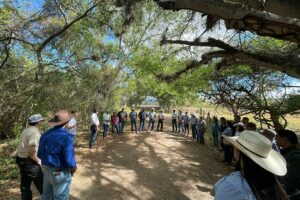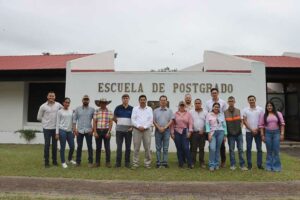CATIE designs and implements the Index of Forest Ecosystems and Coffee Agroecosystems Condition in El Salvador
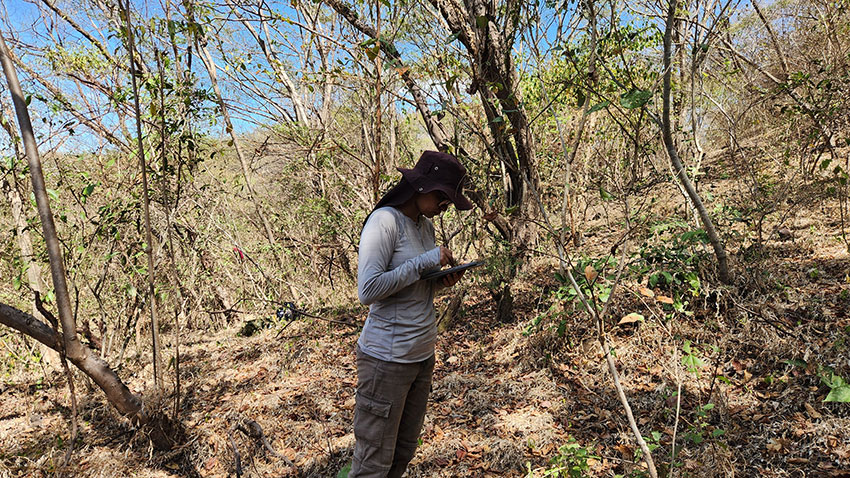
- The purpose of this process is to implement in El Salvador the indices for forest ecosystems condition (ICEF) and agroecosystems condition (ICSAF), developed by the Forests and Biodiversity in Productive Landscapes and Biostatistics units of CATIE, with the goal of assessing the ecological status of the country's ecosystems.
Understanding the state of our ecosystems is increasingly important to implement mechanisms that promote their conservation, restoration, and/or management, such as biodiversity credits and payments for environmental services. Within this context, the Ministry of Environment and Natural Resources of El Salvador (MARN) is in the process of developing and validating metrics to estimate the current value of ecosystems and compensate their owners for implementing activities, works, or projects that impact the environment.
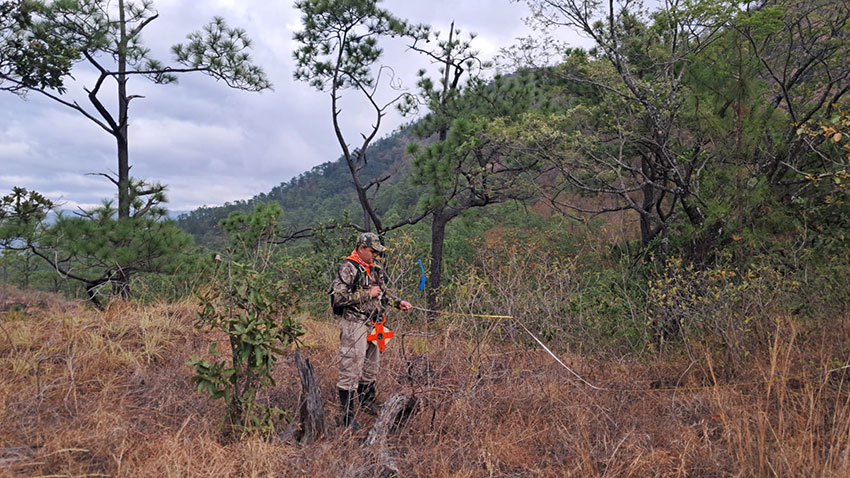
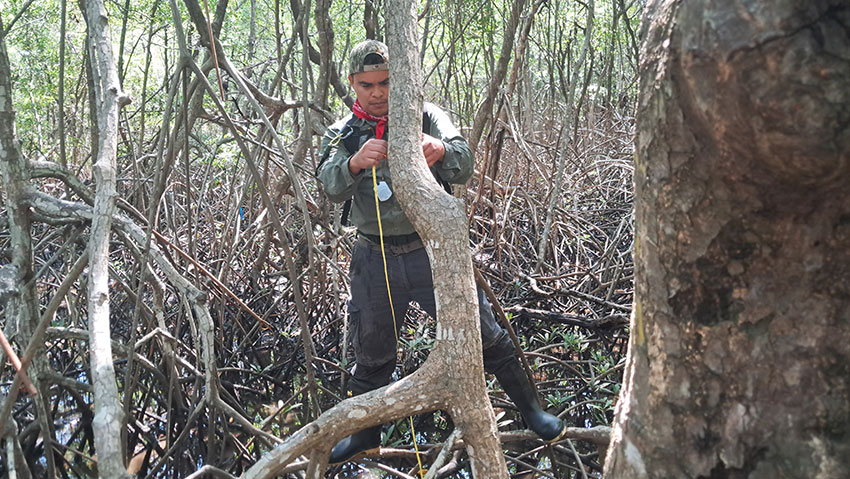
Responding to a call from MARN, the Forests and Biodiversity in Productive Landscapes (UBBPP) and Biostatistics units of CATIE (Tropical Agricultural Research and Higher Education Center) have developed the Index of Ecosystem Condition, which includes indicators that go beyond the data collected through El Salvador's National Forest Inventory (NFI). These indicators are grouped into six distinct components: structure, diversity, functionality, habitat provision, presence of disturbances, and spatial context. These components collectively form the condition index.
Based on this index, the Units are currently conducting a national-level assessment of the state of various ecosystems: conifer forests, broadleaf forests, saltwater forests or mangroves, and coffee agroecosystems with varying degrees of conservation and/or management. The work involves not only field evaluation of ecosystems but also establishing processes for systematizing, managing, and analyzing the collected data.
Implementation of the Ecosystem Condition Index
For the implementation of the ecosystem condition index, the Units have formed two local fieldwork teams. These teams aim to measure 54 plots located in the prioritized ecosystems mentioned above. The plots are distributed throughout El Salvador and vary in size depending on the ecosystem being assessed.
The plots are temporary, with dimensions of 20x50 meters in forests, 20x125 meters in coffee agroecosystems, and circular plots with an 8-meter radius in mangroves. In these plots, variables such as tree component dendrometry and diversity, lianas, palms, tree species regeneration are measured. Additionally, deadwood, the presence of water bodies, the phytosanitary condition of individuals, threats, and management characteristics are considered in the case of coffee agroecosystems.
Challenges of the Implementation
One of the major challenges is determining the reference values for ecosystems, which are the indicator values that reflect an optimal or degraded condition. Each country must establish its reference values, which will enable the assessment of the condition of the evaluated ecosystems.
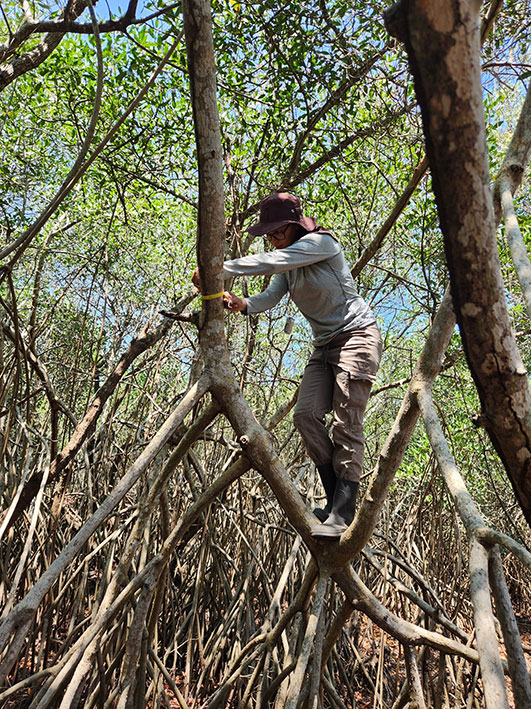
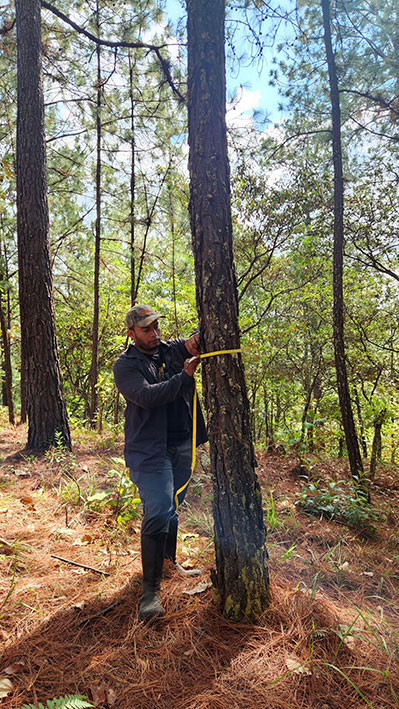
This consultancy aims not only to apply the methodology through field data collection to assess the proposed indices but also to strengthen MARN's technical capacities for determining reference values, as well as analyzing and interpreting data for monitoring, reporting, verification, and updating the condition of prioritized ecosystems.
The CATIE team is led by Dr. Alejandra Martínez-Salinas (UBBPP) and Dr. Sergio Vilchez (Biostatistics).
The photographs show CATIE's local field team in El Salvador setting up the plots, conducting measurements, and recording the dendrometry and diversity variables necessary to estimate the ecological condition index proposed and implemented by CATIE.
More information:
Diego Delgado Rodríguez
Researcher, Forests and Biodiversity in Productive Landscapes Unit (UBBPP)
ddelgado@catie.ac.cr

